
Scandalo Nba, la mafia affascina ancora gli Usa e Trump ne adotta lo stile

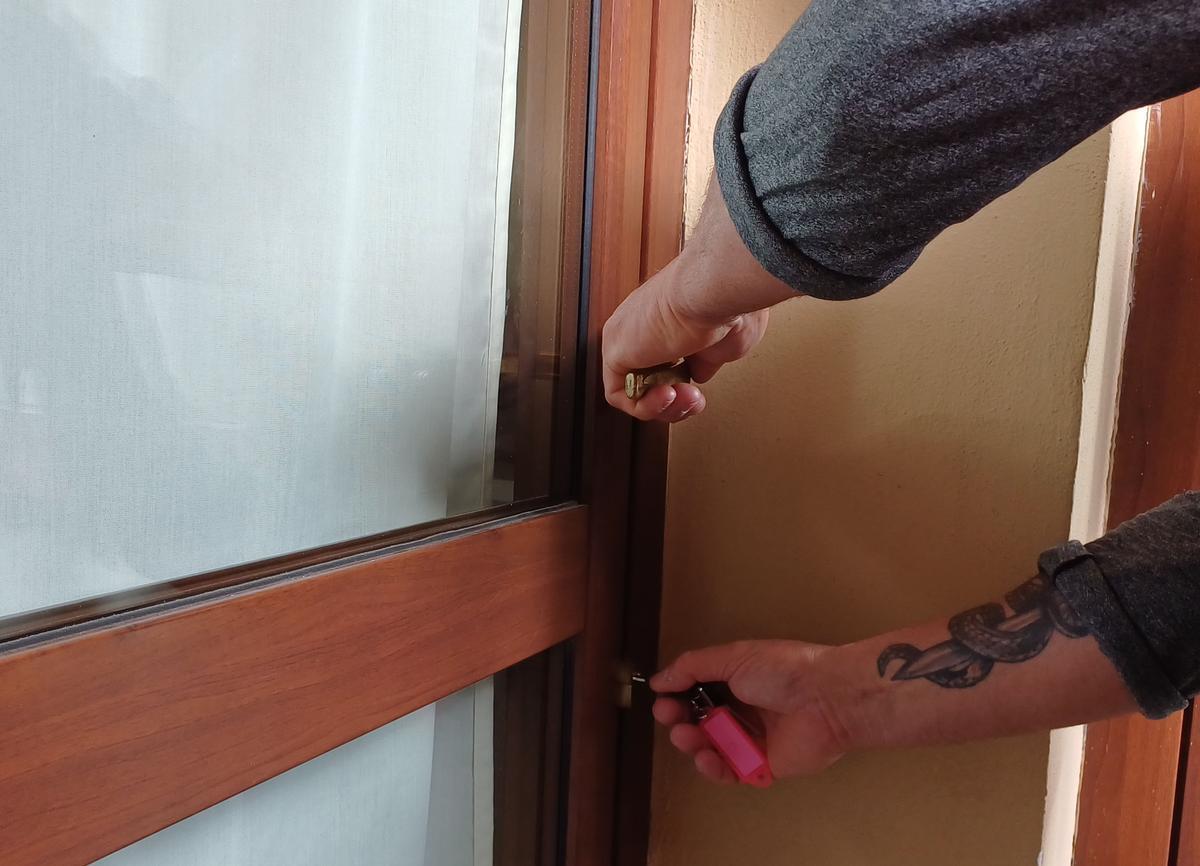

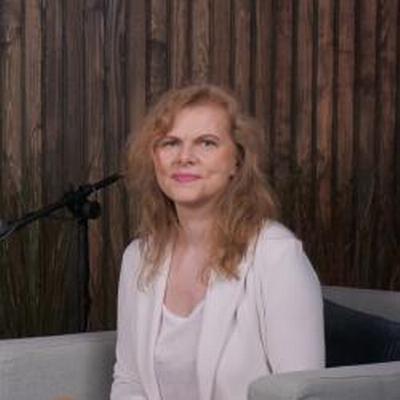
14 ottobre 2024
Europe wants to end homelessness by 2030, but in 2024, there are still 1,287,000 “rough sleepers, people staying in night shelters, and in temporary accommodation,” according to a recent report by the European Federation of National Organisations Working with the Homeless (Feantsa). While the target still seems far from reach, some European cities have adopted programs, based on the Housing First model, to reduce the number of people living on the streets and to fight extreme poverty. In our cross-border investigation, the Italian magazine lavialibera and the Lithuanin radio FM99 traveled through three cities – Oulu (Finland), Turin (Italy), and Alytus (Lithuania) – and interviewed dozens of homeless people and social workers to examine how this model is adopted (or not) and how it can change the lives of the homeless individuals.
Housing First is a model developed in New York in the 1990s by Sam Tsemberis, a Greek Canadian clinical and community psychologist.
It represents a total change in the approach to homelessness. Until that moment, homeless individuals had to prove that they could quit drugs or alcohol, follow health care programs, and live independently before getting a house. In Tsemberis's approach, housing is the starting point of the process rather than the final goal. A person receives a small home and gets counseling and social support without any preconditions.
It is based on eight principles:
“Housing First arrived in Europe 20 years ago,” says Silvia Busi, an officer from Feantsa. “Almost all Central and Western European countries, excluding the Balkans and the Baltics, have adopted Housing First programs. In other states, there are pilot projects.” The way Housing First is adopted “may change a lot from country to country, region to region, municipality to municipality,” continues Busi. For example, in Oulu it seems pretty easy to find a flat for rent in the private sector and individuals can choose, while in Turin it is not. “There is no common ground in Europe. The official model should be applied, but it is not easy.” For example, in some countries, the program is for a limited time, with housing allocated for one or two years, which should not be the case; individuals need to be assured that they will not end up on the street again.
Civil society groups start a civic monitoring on the Milano-Cortina Winter Olympics
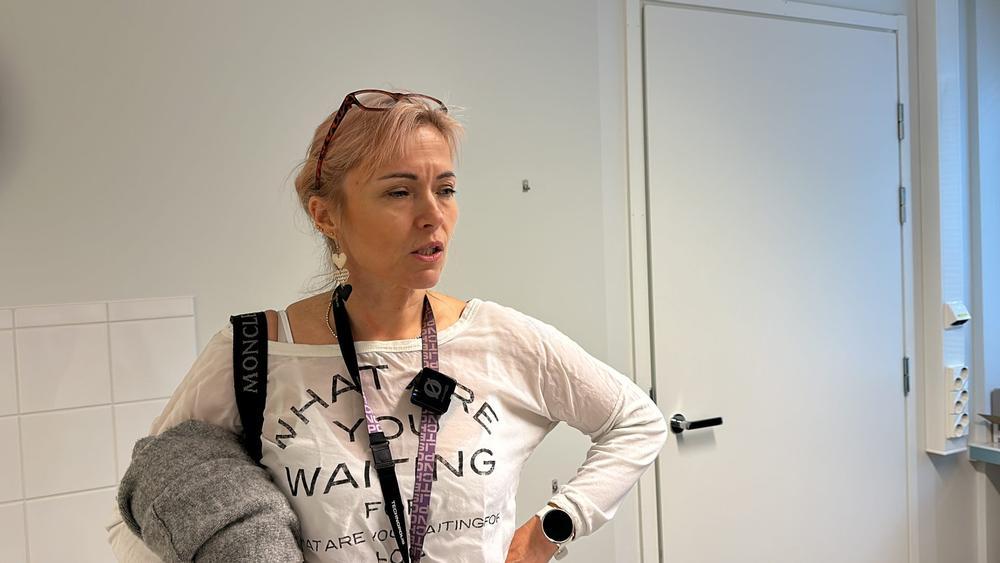
Finland is a country that has done a lot to fight homelessness. The government started implementing Housing First in 2008. Oulu is among the cities that stand out. Among Finland’s major cities, Oulu – in the northern part of the nation – has the lowest relative number of homeless people: 0.6 per 1,000 residents, according to 2022 data.
In this city, where winters can be very cold, there is a homeless shelter in a former hospital. The night shelter is just the first step for people without homes, as the main goal is to live with dignity and independence. When the residents want to live independently, they are assisted in finding housing, moving, and receiving continued support and monitoring. The only condition is to show a willingness to change their life. Oulu provides a series of opportunities. The second step after the shelter is transitional housing. Currently, there are about 70 accommodations in Oulu. These transitional homes are for those who cannot rent on the market—whether due to debt, unemployment, or other issues that prevent them from renting directly. The municipality rents properties from owners and subleases them to the homeless. This way, property owners are guaranteed security—the rent is paid by the municipality, and if any damage occurs, it is also repaired by the municipality. "This transitional level, as we have it, is a great solution that Helsinki and other cities should try. There are many good aspects of this system, and we are thinking of applying it to other areas as well. The most important thing is not the housing itself but the support for those who have started living independently," says Katja Karppinen, head of the regional organization Pohde.
The third step is renting on the open market. "It is easier to find an apartment in Oulu than in Helsinki, Tampere, or Turku, but we also provide more support for those living in these accommodations," explains the head of Pohde. Here, specialists also help find and rent apartments, but the rental agreements are made directly, without the involvement of the municipality. Residents must pay 30% of the rent themselves, while 70% of the rent can be covered by housing benefits, which cannot exceed 520 euros for one person, 650 euros for two, with slightly higher amounts for families depending on the number of people.
An important pillar of the Housing First programs is that people who use drugs have no obligation to quit, but the important thing is that the situation is controlled—reducing consumption so that the person can live independently at home and not cause problems for the surrounding community
In both transitional housing and independent rentals, tenants are regularly visited (2-3 times for the first, less frequent for the second), monitored, and taught to live independently—paying rent, visiting a doctor, etc. An important pillar of the Housing First programs is that people who use drugs have no obligation to quit, but the important thing is that the situation is controlled—reducing consumption so that the person can live independently at home and not cause problems for the surrounding community.
Consultants and social workers in Finland are essential links—they are also psychologists trying to assess how ready a person is for independent living.
Finland set a goal two decades ago to ensure that no one lives on the streets—every citizen must have a place to live. This was partly prompted by a particularly harsh winter that resulted in many deaths on the streets. In 2008, the Finnish government introduced a new homelessness policy and began implementing the "Housing First" strategy. Efforts are yielding results—Finland is almost the only country in the European Union where homelessness is decreasing. “Homelessness can be prevented,” believes Karppinen, who has worked in this field for nearly two decades, “and cities can help their residents achieve this.”
Four out of five people return to stable independent living. The Finns calculate that this strategy also pays off financially—the costs of the program are much lower than the expenses that would otherwise be incurred for emergency healthcare, social services, or investigating crimes. In 2011, Finland estimated that it saves 15,000 euros per year for each homeless person who receives properly supported housing, compared to the costs that would otherwise be incurred.
“Finland has a successful model, but this model can’t be adapted to other countries,” explains Silvia Busi. “Finland, Denmark, and Austria are decreasing the number of homeless, but these are rich countries with small populations.” So, let’s look at a larger country.
From crime to community: the social reuse of confiscated assets in Italy, Spain and Romania
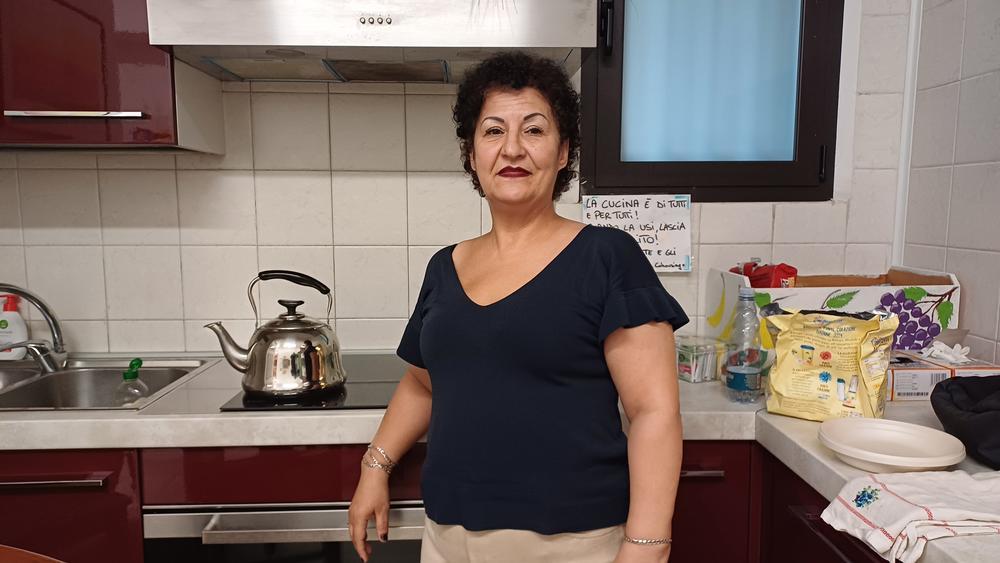
“I pay 200 euros a month, all included. It’s quite big, and my son Giuseppe has his own bedroom"Giovanni
Turin, a town in Northern Italy, is the Italian municipality that has worked the hardest to increase housing-led programs. According to data provided by the Adults in Difficulty Service of the City of Turin, in February 2024, 249 people were included in the housing-led programs, and of these, one hundred were included in Housing First programs. The last Istat census calculated that about 1,700 people in Turin were homeless. “But since then the numbers have increased,” say Paola Trivilino and Massimo De Albertis, of the 'Adults in Difficulty' service of the Municipality. “They could be between 2,500 and 3,000.” Therefore, the programs can cover one-tenth of the homeless population.
Two social cooperatives (companies with specific social purposes) are adopting the Housing First model, and almost 90 individuals who experienced homelessness are now living in flats.
Giovanni, 52 years old, his wife, and their son are among those people. During the COVID-19 pandemic, this man from Sicily lost his job in Turin and was then forced out with his family. They spend 5-6 months sleeping in a car and then a former neighbor offered them a place to sleep in the underground cellar: “We stayed there for a year.” Giovanni started asking for help, and the Adults in Difficulty Service found accommodation with the Frassati Cooperative. Since May, he has lived in a two-bedroom apartment. “I pay 200 euros a month, all included. It’s quite big, and my son Giuseppe has his own bedroom,” he says. “Every week, the workers (of the cooperative) come to meet us to see how we are getting on. We’ve been here for about four months. Since we’ve been here, my son (who suffers from serious health problems) has been able to have all the necessary check-ups.”
Also Khadija, who was forced out her house after his husband was arrested, found a home thanks to this program and could start work again.
“Housing First is important and must continue to grow and must be consciously experienced by bringing together social and health services, when necessary also with the support of multi-professional teams,” says Jacopo Rosatelli, a city councilor in Turin charged with social and housing policies.
Nonetheless, some problems need to be solved. The organizations involved in the programs have difficulties in finding private flats to rent: “The contract is in the name of the person, but we found ourselves facing the difficulty of finding housing in the private market,” explains Roberto Mosso, responsible for the housing program of the cooperative Progetto Tenda. The costs are exploding, and sometimes the owners do not trust the projects. “Sometimes the agencies and the owners, once they meet the tenant, back out. In those cases, we decided to become guarantors.”
Since a lot of beneficiaries are people with health problems, “Housing First requires collaboration between the city, its partners, and healthcare,” Rosatelli adds. Unfortunately, in 2019, “there was a disengagement (of the healthcare system) that has consequences.”
Read the stories of people who changed their lives through the Housing First programs in Turin
"It could be useful to organize discussions in Alytus with the local community, social workers, and other interested parties to assess the possibilities for applying this model. This could help identify specific services and support needed for the model to function effectively”Auksė Juonienė - Head of the Property Department of Alytus (Lithuania)
All these examples can help countries like Lithuania. “There is a significant lack of Housing First services in Lithuania,” says Aida Karčiauskienė, a representative of the “Lietuvos Caritas” organization that helps the needy. “It is important to provide housing unconditionally,” emphasizes Karčiauskienė, underlining that “if people 'drop out' of the institution, we have nothing to offer them because everywhere, certain conditions must be met, and specific goals achieved to overcome 'steps’,” laments the interviewee.
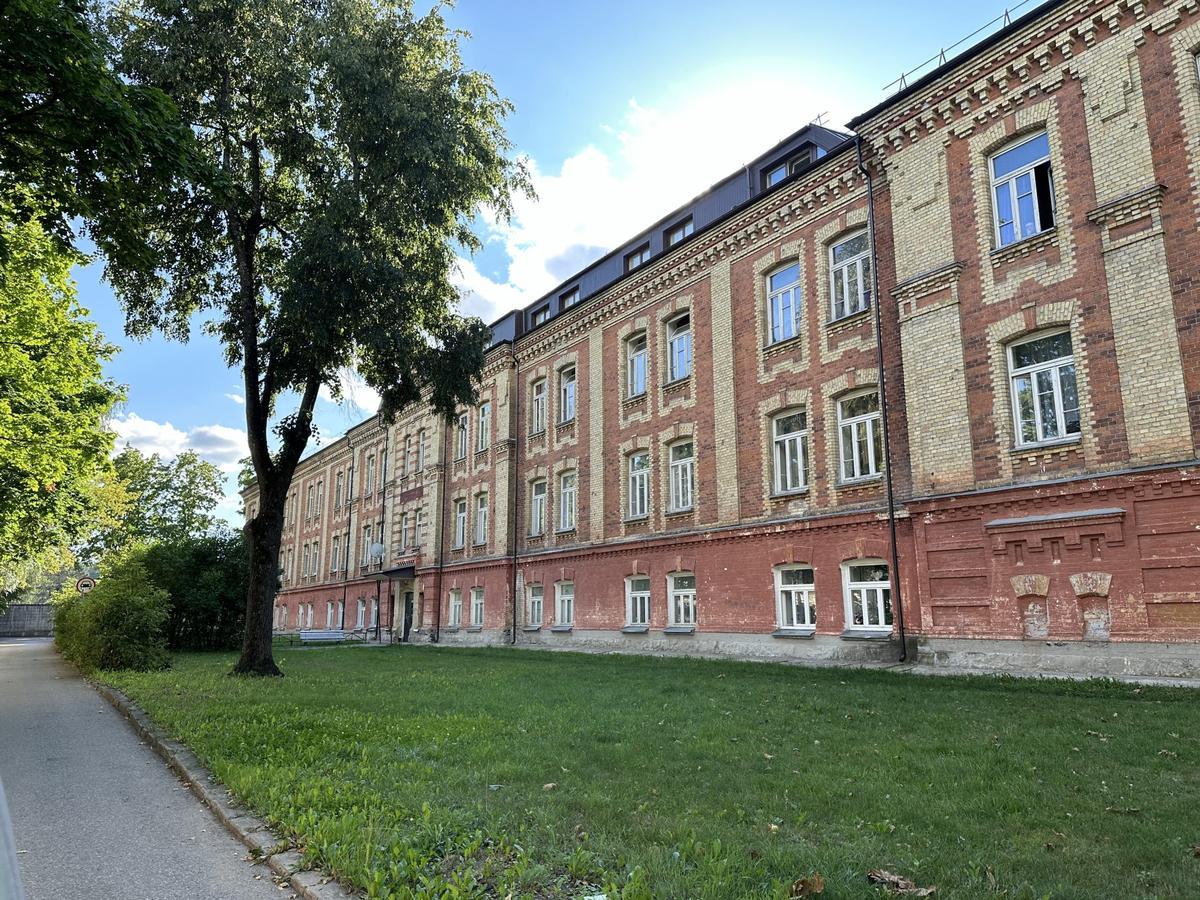
Alytus, in Lithuania, has a shelter, which used to have 70 places on three different levels - lodging for a night, accommodation for a year period, and home for independent living. The shelter was used for the whole county. This year the municipality decided to cut the possibility for the other municipalities - now the shelter is only for the city residents, and to close independent living places (20 places).
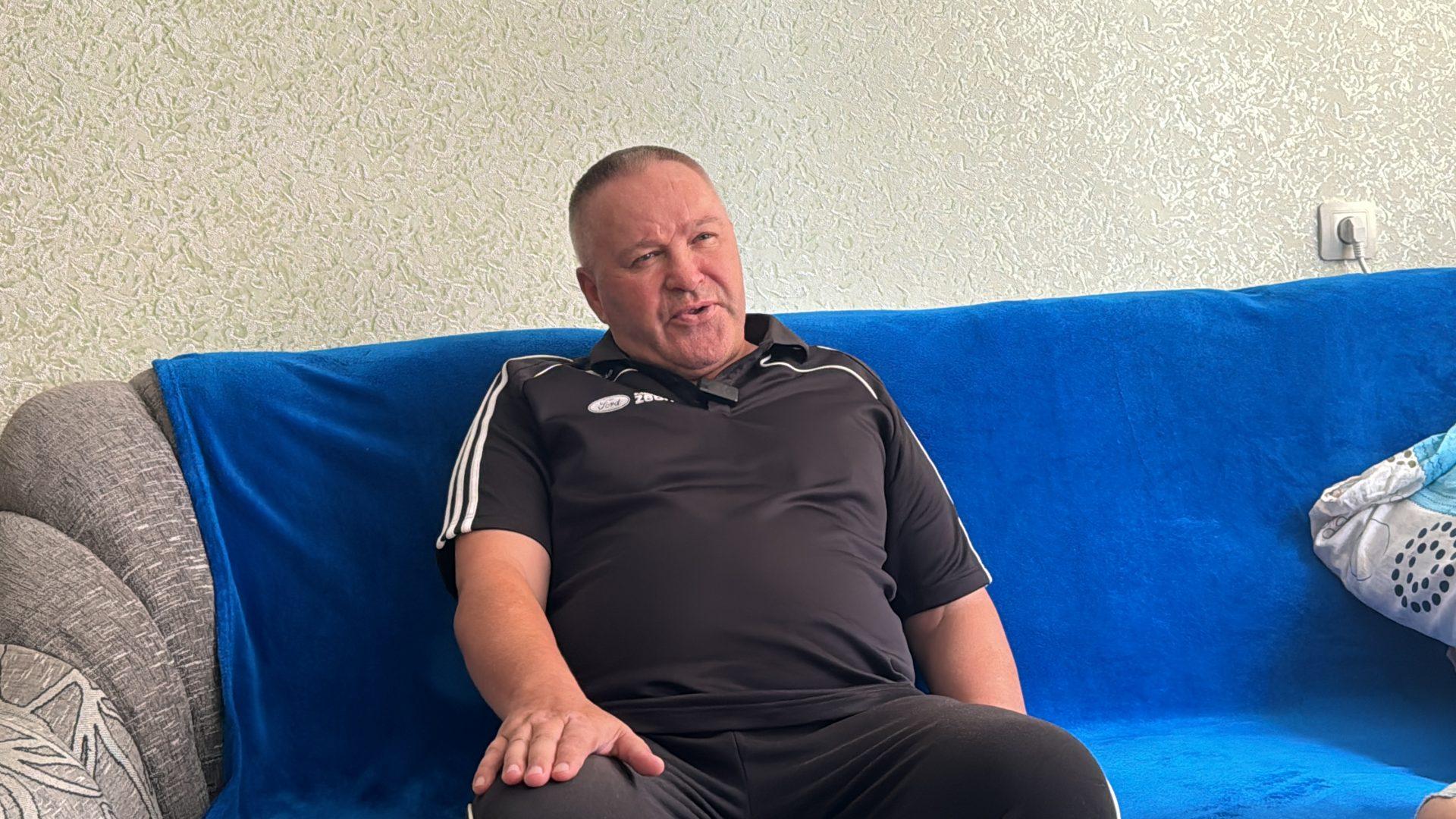
Mindaugas was among the people who used to live there. He has spent nearly eight years in the shelter over four different stays. After his divorce, he was left without a home and ended up in the shelter. He lived there until he found a girlfriend, but after a new separation, he returned to the shelter again.
Now he has changed his life; he has been sober for three years and found a working girlfriend, a teacher from another district, with whom he lives in an independent living house. “The mayor decided, perhaps after a quarrel with the director, to end the project,” Mindaugas laments about the closed independent living houses in the shelter. After it closed, they now rent an apartment together and plan to apply for social housing next year. Mindaugas is almost blind and has a group I disability, so he is not in line for social housing; he hopes to receive it in about a year when he can submit an application.
“Independent living houses were a way for us to motivate people to change because alcohol was not allowed there,” says the director of the Alytus shelter Artūras Galakvoščius. This is different from the Housing First programs, where people are not obliged to quit alcohol or drugs, but they are helped if they want to.
“The Housing First model could also be effective in Lithuania, including Alytus,” agrees Auksė Juonienė, head of the Property Department of the municipality. According to her, “it could be useful to organize discussions in Alytus with the local community, social workers, and other interested parties to assess the possibilities for applying this model. This could help identify specific services and support needed for the model to function effectively.”
According to Akvilė Voverienė, head of the Social Support Department, people who lived in shelters and received social housing or dormitory accommodation often lose it again, even after receiving a support plan. “They are unable to live the kind of life that allows them to plan expenses, pay bills, and choose a lifestyle. (...) Not everyone wants someone to guide or advise them, and we cannot provide help forcibly,” says A. Voverienė. Instead, Housing First services are distinguished by the fact that consultants and social workers work with individuals, persuading, motivating, and continuously helping them manage their life issues for as long as necessary to get back on their feet—there is no time limit.
“We are trying to simplify the use of European social funds (ESF) to mobilize more funding”Silvia Busi - Feantsa
In 2021, representatives of European institutions and Member States signed the Lisbon Declaration to end homelessness in 2030. In December 2023, the European Economic and Social Council (EESC), whose task is to advise European institutions, pushed for a broader use of Housing First “as a systemic solution to chronic homelessness”. “In the long term, Housing First is cost-efficient: half of the people improve their conditions, they get jobs and pay taxes, they improve their health conditions, and do not need a lot of public care,” explains Silvia Busi from Feantsa.
“To achieve this goal (eliminating homelessness), there are several steps to take,” explains Silvia Busi from Feantsa. For this reason, the federation is now working to ensure that public money is used properly. “We are trying to simplify the use of European social funds (ESF) to mobilize more funding.”
This article is part of a cross-border investigation carried out by lavialibera with FM99 (Alytus, Lithuania) on the programs to fight homelessness and extreme poverty.
The work was supported by Journalism Fund Europe within the program Sojo Europe to stimulate more solutions/constructive journalism.

La tua donazione ci servirà a mantenere il sito accessibile a tutti
Mine antiuomo, piani sanitari segreti e finanziamenti "sostenibili": tutti i trucchi con cui l'Europa ci porta alla guerra
La tua donazione ci servirà a mantenere il sito accessibile a tutti